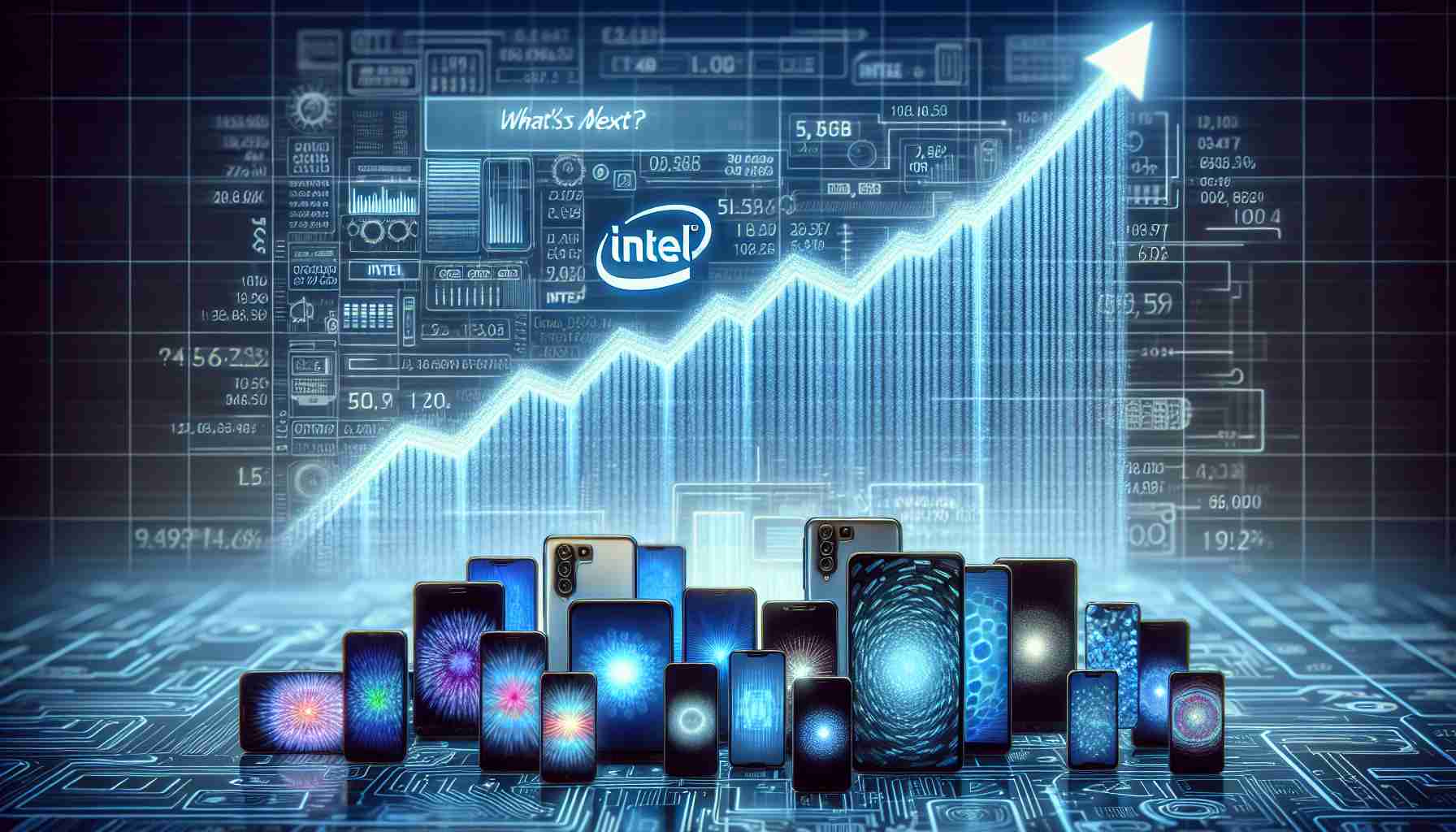Recent reports indicate a significant incident involving the Intelsat 33e communications satellite, which has fragmented over the Indian Ocean, posing hazards to numerous satellites in geostationary orbit. Weighing approximately 6,600 kg (14,600 lbs) and constructed by Boeing for Intelsat, this satellite was intended to deliver essential internet and telecommunication services across diverse regions including Europe, Africa, and Asia-Pacific.
The disintegration occurred around noon Beijing time, as confirmed by the US Space Force. Initial observations tracked about 20 debris pieces, but this figure has escalated to over 80, according to findings shared by commercial space monitoring entities and the Russian space agency Roscosmos.
Located roughly 36,000 km (22,236 miles) above Earth when it disintegrated, the satellite was comparable in size to a standard shipping container. It had faced ongoing technical problems related to its thrusters and propulsion systems since its launch back in 2016. Intelsat has announced that they are collaborating with Boeing and relevant government agencies to investigate the circumstances surrounding this catastrophic failure.
Experts in the field, such as Harvard astronomer Jonathan McDowell, have expressed concerns about the risks associated with the breakup. Due to the satellite’s high altitude, monitoring the debris has become challenging. McDowell highlighted that assessing the extent of the threat to other satellites is complex, suggesting the breakup might stem from either an internal malfunction or a collision with existing space debris.
Satellite Breakup Raises Concerns About Space Safety
The recent breakup of the Intelsat 33e satellite has sparked renewed discussions surrounding the issue of space debris and the safety of satellite operations. Beyond the immediate hazards posed by the fragmented pieces, this incident raises broader questions about the sustainability of activities in Earth’s orbital environment and the measures necessary to mitigate risks to operational satellites.
Key Questions and Answers:
1. **What is space debris, and why is it concerning?**
Space debris refers to defunct satellites, spent rocket stages, and fragments from collisions or disintegration events. It poses significant risks to active satellites, as even small pieces traveling at high velocities can cause catastrophic damage.
2. **What can be done to mitigate the risks of satellite breakups?**
Industries and governments are advocating for enhanced tracking systems to monitor space debris more effectively. Additionally, there is a push for international agreements that enforce responsible end-of-life practices for satellites, such as deorbiting defunct craft or moving them to “graveyard” orbits.
3. **Why are existing tracking systems insufficient?**
Current tracking systems mainly focus on larger debris, leaving smaller particles difficult to detect. As the density of objects in certain orbits increases, unexpected collisions become more likely, hinting at the need for improved detection technology.
Key Challenges and Controversies:
The increasing number of satellites in orbit, fueled by commercial space ventures emphasizing mega-constellations, poses a dual challenge: the management of existing debris and the prevention of future collisions. This situation raises concerns about equitable access to space, with smaller nations and entities potentially disadvantaged by higher risks. Moreover, the debate around privatization in space raises questions about regulatory frameworks’ adequacy—how can we ensure companies adhere to best practices while still fostering innovation?
Advantages and Disadvantages of Current Practices:
– **Advantages:**
– Increased satellite launches have lowered communication costs and expanded access to services globally.
– Advancements in technology have improved tracking capabilities and collision avoidance systems.
– **Disadvantages:**
– The rapid increase in satellites contributes to the overcrowding of orbital paths and a risk of collisions.
– Failures like the Intelsat 33e event highlight vulnerabilities and the potential for escalated debris generation, threatening all space operations.
In light of this incident, experts are stressing the urgency of international collaboration to address the challenges of space debris management. Steps such as the adoption of the Inter-Agency Space Debris Coordination Committee guidelines are being emphasized strongly within the community.
As the situation evolves, stakeholders from commercial entities, government agencies, and international organizations must collaborate to ensure sustainable use of outer space. Ongoing investigations into the causes of such breakups will play a crucial role in formulating new strategies and policies.
For further insights into the state of space safety and debris management, visit NASA for latest updates and research findings.









